Join on WhatsApp
Get the latest updates directly on WhatsApp – motivation, news & more!
Plants are often perceived as stationary, unchanging beings that simply grow and photosynthesize. However, some species possess remarkable abilities to interact with their environment in ways that seem almost animal-like. These “interactive plants” respond to external stimuli, move in ways that appear intentional, or even seem to react to touch and changes in their surroundings. This behavior can be quite mesmerizing, making them a fascinating subject of study and a fun addition to any garden. In this post, we will explore seven of the most intriguing interactive plants and explain why they behave like living creatures.
1. Mimosa Pudica (Sensitive Plant)
One of the most famous interactive plants is Mimosa pudica, commonly known as the “sensitive plant” or “touch-me-not.”
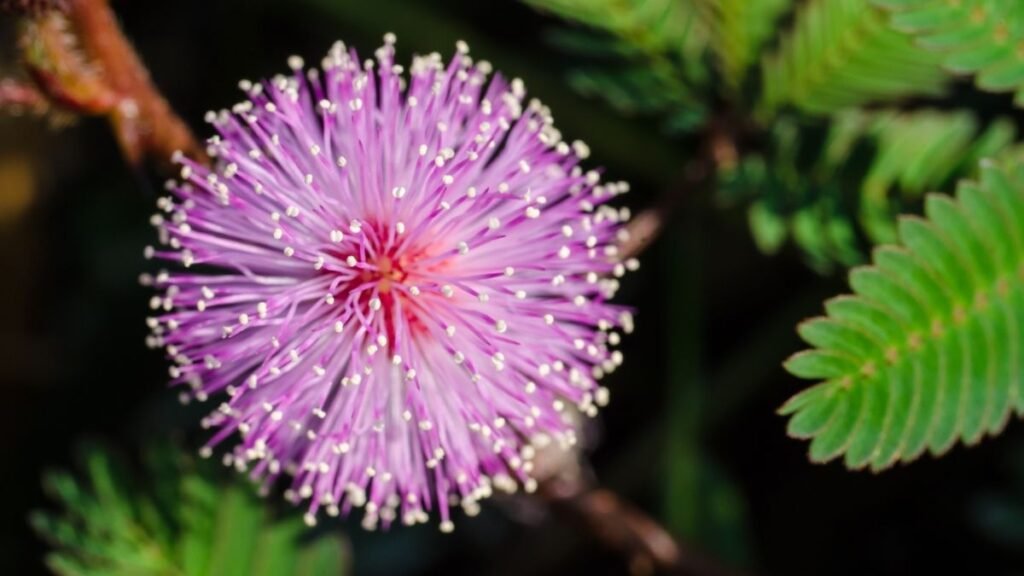
This small, herbaceous plant is well-known for its quick and dramatic response to touch. When the leaves of the plant are disturbed whether by touch, heat, or vibration they fold inward and droop, as if they’re “shutting down” in response to the disturbance. This movement is known as seismonastic movement.
Why It Behaves This Way
The folding of the leaves is due to the movement of water within the plant’s cells. When a leaf is touched, cells at the base of the leaflets lose water, causing the leaflets to collapse. This defensive response is thought to be an adaptation to deter herbivores or pests. While the plant doesn’t “feel” in the way animals do, its quick reaction to touch gives the illusion of a conscious, sentient response.
2. Venus Flytrap (Dionaea muscipula)
The Venus flytrap is perhaps the most well-known carnivorous plant. This fascinating plant captures and digests insects and other small prey.
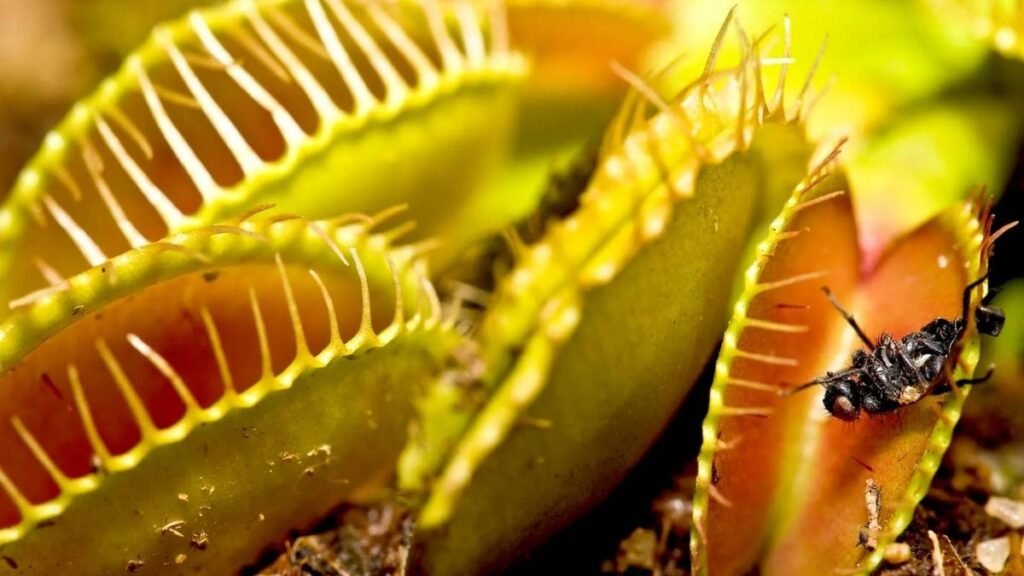
The trap consists of modified leaves that snap shut when tiny hairs inside the trap are triggered by movement. If an insect touches two hairs in quick succession or the same hair twice, the trap closes, entangling the prey.
Why It Behaves This Way
The Venus flytrap’s behavior is driven by the need for nutrients. Unlike most plants that rely on soil for nutrition, the Venus flytrap lives in nutrient-poor soils, so it has evolved to trap and digest insects to supplement its diet. The “snap” of the trap is a result of rapid changes in turgor pressure, caused by the movement of water within the plant’s cells. The Venus flytrap’s ability to “sense” prey allows it to catch food efficiently, ensuring its survival in harsh environments.
3. Touch-Me-Not (Impatiens capensis)
Another plant with a remarkable interactive response is the Impatiens capensis, commonly known as the “touch-me-not” or “jewelweed.”
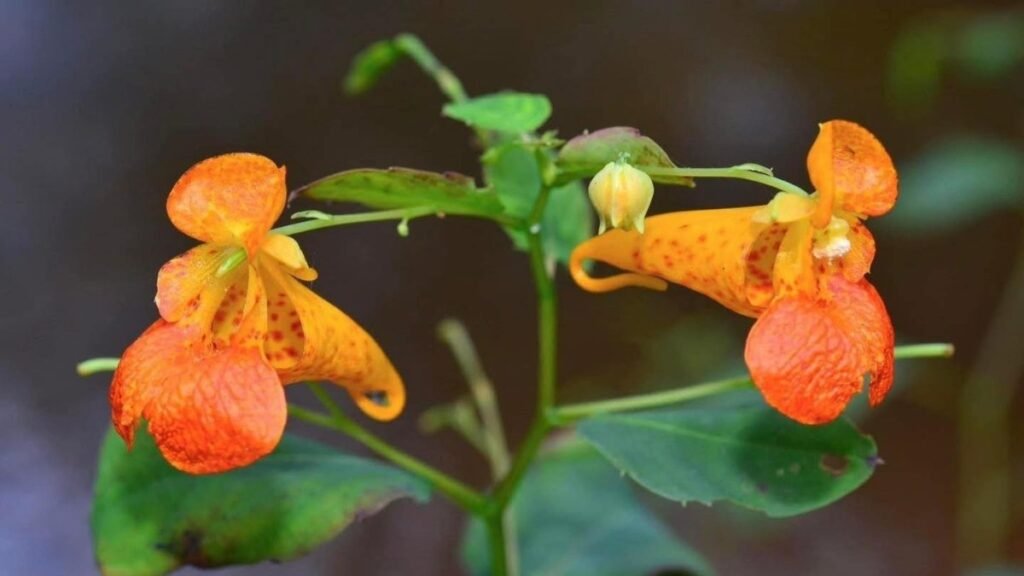
This plant is famous for its explosive seed dispersal mechanism. When the ripe seed pods are touched, they snap open violently, propelling the seeds several feet away from the parent plant. This behavior is known as ballistic seed dispersal.
Why It Behaves This Way
The explosive dispersal method helps the plant spread its seeds over a larger area, increasing its chances of survival and reproduction. The mechanical “snap” is caused by the tension in the seed pod’s walls, which are under considerable pressure as the seeds mature. When the pod is disturbed, the pressure is released, and the seeds are flung away. This rapid response helps the plant avoid competition from its own seedlings and colonize new areas.
4. Squirting Cucumber (Ecballium elaterium)
The squirting cucumber is a wild and somewhat humorous plant that earns its name by launching its seeds out of the fruit with impressive force.
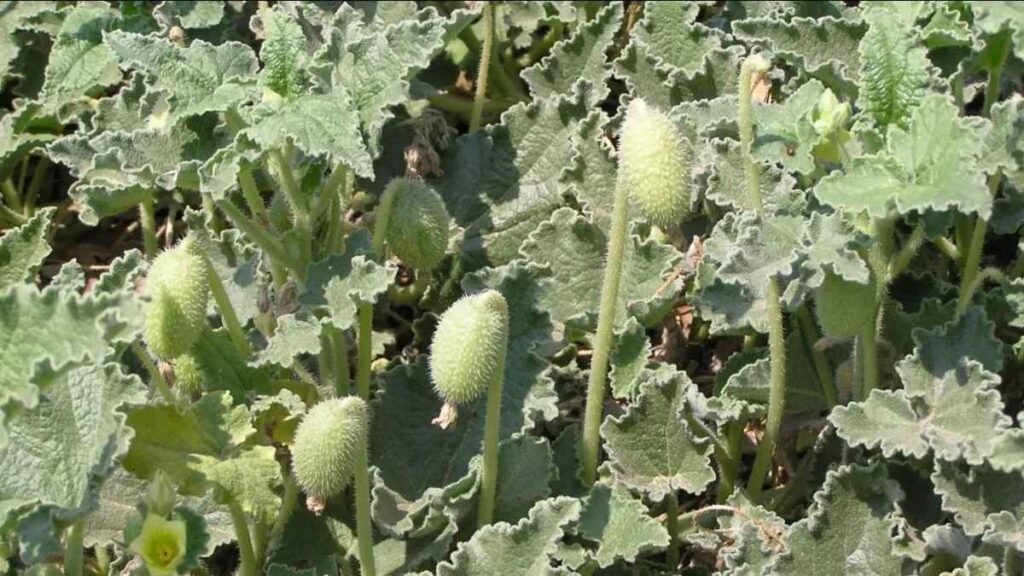
When the fruit ripens, it builds up internal pressure, and when disturbed (such as by an animal brushing against it), the fruit explodes, sending seeds flying in all directions, accompanied by a stream of fluid.
Why It Behaves This Way
The squirting cucumber’s explosive seed dispersal is an effective strategy for spreading its offspring. The internal pressure within the fruit is created by the buildup of water and other fluids in the fruit’s cells. This sudden release of pressure propels both the seeds and the surrounding fluid outward, helping the plant disperse its seeds far from the parent plant. It’s believed that this violent method of seed dispersal also helps the plant avoid competition and increases its chances of finding a suitable place to grow.
5. Nepenthes (Tropical Pitcher Plants)
Pitcher plants, specifically the Nepenthes species, are another example of interactive plants with animal-like behaviors.
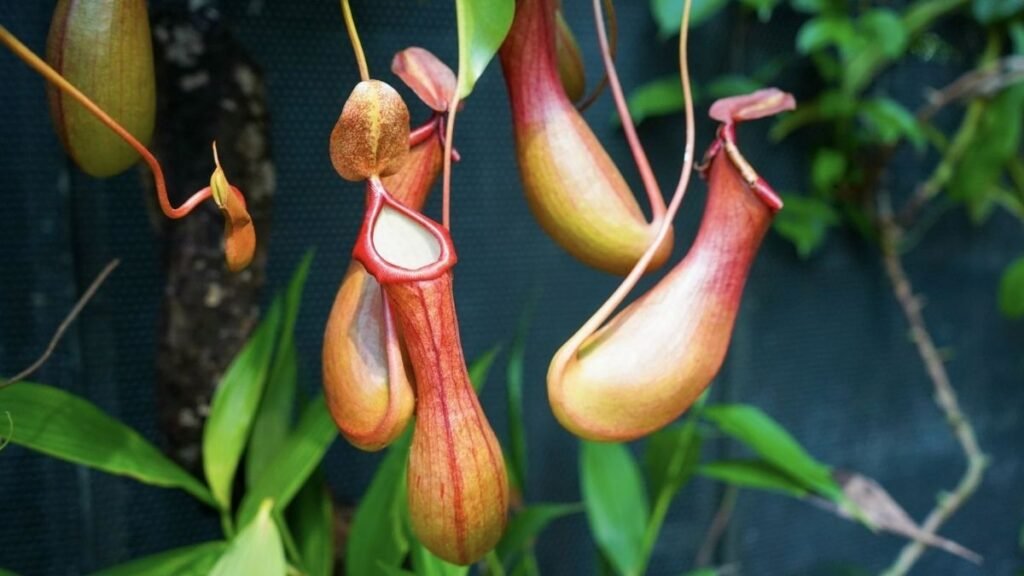
These plants are known for their tubular, pitcher-shaped leaves that trap and digest insects. The interior of the pitcher is filled with a digestive fluid that drowns and breaks down trapped prey. The plant’s “trap” is designed to lure insects through its attractive colors and nectar, but once the insect ventures too close, it falls into the slippery sides of the pitcher and is trapped.
Why It Behaves This Way
Pitcher plants have evolved this mechanism to survive in nutrient-poor soil, particularly in boggy or acidic environments. By attracting and digesting insects, the plants supplement their diet with much-needed nutrients, such as nitrogen, which is scarce in their soil. The movement of the insect into the trap and its subsequent digestion are driven by the plant’s biochemical processes, not by conscious thought, but it still gives the impression of a “living” and “hunting” entity.
6. Bladderworts (Utricularia)
Bladderworts are a group of aquatic plants that possess tiny, bladder-like traps that are capable of capturing small aquatic organisms such as insects, larvae, and even small fish. These bladders are created by the plant’s modified roots, which function as vacuum traps. When an unsuspecting organism comes into contact with the trigger hairs on the trap’s entrance, the bladder quickly sucks in water, pulling the prey inside, where it is digested.
Why It Behaves This Way
Bladderworts live in environments with low nutrients, such as ponds, swamps, and lakes. To survive, they rely on capturing small organisms to supplement their nutrition. The quick and efficient “vacuum” action of the trap is a sophisticated mechanism that allows them to capture prey in fractions of a second. This rapid movement is a result of turgor pressure changes in the plant’s cells, similar to the Venus flytrap’s mechanism, allowing the bladder to “suck” in water and prey in an instant.
7. Butterworts (Pinguicula)
Butterworts are another carnivorous plant that relies on a unique mechanism to capture and digest insects. Unlike the Venus flytrap or pitcher plants, butterworts have sticky, glandular leaves that secrete a mucilaginous substance. When an insect lands on the leaf, it becomes trapped in the sticky secretion, making it unable to escape. Over time, the plant slowly digests the trapped insect.
Why It Behaves This Way
Like other carnivorous plants, butterworts grow in nutrient-poor soils, particularly in bogs and wetlands. The sticky leaves are an adaptation to supplement their diet with nitrogen and other essential nutrients that are lacking in their environment. The plant’s slow digestion process is an efficient way to extract nutrients from its prey over time, enabling the butterwort to survive in nutrient-deficient conditions.
Conclusion
These seven interactive plants demonstrate that the world of plants is far more dynamic than we often realize. Whether it’s a plant that reacts to touch, captures prey, or explosively disperses seeds, these species showcase a fascinating array of behaviors that blur the lines between plant and animal kingdoms. While they may not have consciousness in the way humans or animals do, their ability to interact with their environment in such complex and “living” ways offers a glimpse into the sophisticated mechanisms that allow plants to thrive. These interactive plants are not only fascinating to observe but also serve as a reminder that the natural world is full of surprises and wonders.




